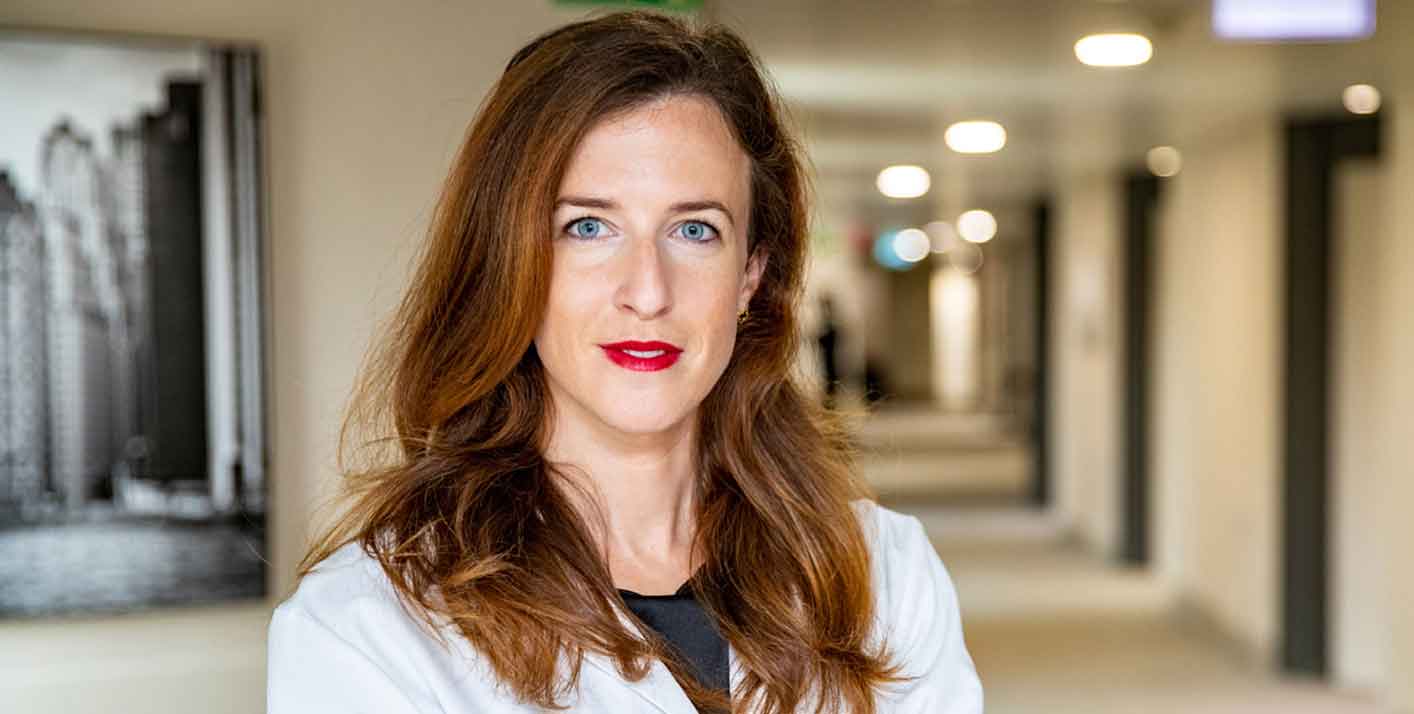A chronic pain that affects women of reproductive age. An interview with Dr. Seidler clears up all doubts
There are as many forms of the disease as there are women: the treatment will be personalized and adapted over the years depending on the predominating symptoms, the organs involved, and the patient’s priorities (wish to conceive or pain control).
What is endometriosis?
Endometriosis is when deposits of endometrial lining are found outside the uterus. It usually spreads within the abdominal cavity, covering the peritoneum and sometimes even infiltrating deep into underlying tissues. It is nevertheless a benign condition, with a very low risk of becoming malignant.
What are the consequences?
Endometriosis in the abdominal cavity causes pelvic and abdominal pain, initially during menstruation, which might then persist throughout the menstrual cycle or even become chronic. When the deposits lie in the pouch of Douglas, the lowest point of the abdominal cavity, they might trigger back pain or pain during intercourse. In and around the ovaries, they might cause infertility. Toward the bladder, they mimic recurrent urinary tract infection and toward the digestive tract, they can cause abdominal pain, bloating, cramps, diarrhea or blood in the stool. One of the rarest locations is the diaphragm, where symptoms can include shortness of breath, shoulder pain or even a pneumothorax during menstruation.
Endometriosis can also run through a cesarian section scar or a perineal tear after delivery, causing a painful lump that swells during menstruation. Chronic pain also generates muscular contractions, perpetuating the pain and making it that more difficult to treat.
When should you go to a specialist?
Generally speaking, endometriosis might be a factor whenever a symptom is associated with menstruation. When period pain is not relieved by anti-inflammatory painkillers and interferes with a young woman’s ability to go to school or work or when her love life is limited due to deep pain, she should consult a specialist.
Symptoms raising suspicion include:
• Severe period pain (not relieved by antiinflammatory drugs, inability to perform daily tasks),
• Pain during intercourse,
• Pain or blood during urination, urinary tract infection during menstruation,
• Pain or blood during defecation,
• Chronic abdominal pain,
• Infertility.
Why is endometriosis so difficult to diagnose?
As mentioned above, the clinical spectrum is broad and symptoms are sometimes vague. Until recently, the mean time to diagnosis was seven years, and most patients see several doctors (general practitioners, gastroenterologists) before the cause of their symptoms is correctly identified. Similarly, until not long ago, pelvic ultrasound was only able to detect very advanced endometriosis. Magnetic resonance imaging reveals deep infiltrating lesions and peritoneal lesions greater than 5mm. Laparoscopic surgery is sometimes needed to confirm or rule out the disease, preferably at the same time as removal of the lesions, in order to avoid repeated surgeries.
What are the treatment options?
Treatment, which can be either medical (hormonal treatment) or surgical (removal of the lesions), will be tailored to the patient according to her symptoms, the organs involved, and her desire to get pregnant.



